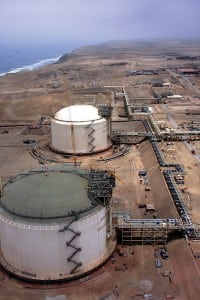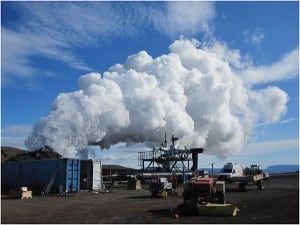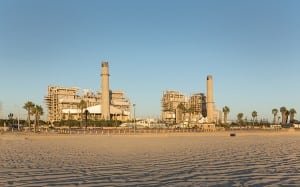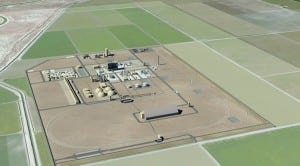POWER
-
Renewables
Statkraft Shelves Osmotic Power Project
Norwegian power company Statkraft has shelved its much-watched effort to harness energy from pressure-retarded osmosis (PRO). It said in a rare industry admission that the technology could not be sufficiently
-
Gas
The LNG Export Debate: Lessons from Peru
Recent shale gas development, resulting in cheap natural gas in the U.S., has opened the debate about whether or not to export some of that energy—mainly as liquefied natural gas (LNG). As the U.S. considers
-
Renewables
Developing the World’s First Magma-Enhanced Geothermal System
In 2009, when the first borehole in a series of wells was drilled as part of the Icelandic Deep Drilling Project (IDDP) in Krafla, northeast Iceland (Figure 5), it unexpectedly penetrated into magma with a
-
Legal & Regulatory
When States Try to Manipulate Wholesale Power Markets
This has not been the best of times for state regulators trying to control the future of their regional power markets. In September, a federal court in Maryland shot down that state’s attempt to force the
-
Smart Grid
AES Uses Synchronous Condensers for Grid Balancing
The future is looking bright for AES Huntington Beach Power Generating Station. Renderings of a proposed new look for the power plant—located steps from the beach on the Pacific Coast Highway—include
-
Coal
Is Polygeneration the Future for Clean Coal?
This is the story of a power plant like no other. The facility runs primarily on coal, but it can utilize petcoke and biomass when available. The front end resembles an integrated gasification combined cycle
-
Coal
The Role of Activated Carbon in a Comprehensive MATS Strategy
The U.S. Environmental Protection Agency’s Mercury and Air Toxics Standards (MATS) set limits on the emissions of mercury (Hg) and other pollutants for coal-fired power plants. Many plant operators have
-
Coal
Converting Sulfur from Flue Gas into Fertilizer
The history of power plant emissions regulations and control technologies is largely one of preventing elements that are bad for the environment or human health—including sulfur dioxide, particulate matter
-
Coal
Be Prepared for Coal Ash Regulations
A little over five years ago, on the night of Dec. 22, 2008, the residents of Kingston, Tenn., were devastated when a dike holding back an 84-acre ash pond broke loose. The ash pond servicing Tennessee Valley
-
Commentary
America Needs Continued Coal Use
Mike Duncan Coal is currently the feedstock for nearly 40% of America’s baseload electricity supply, and in communities and states where coal has the highest utilization, utility bills are the lowest. With









